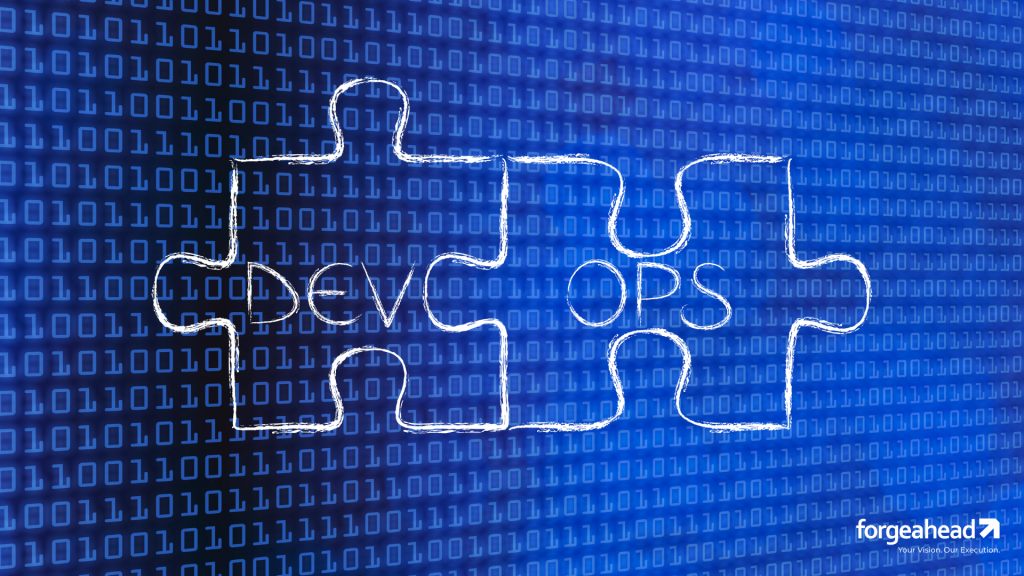The enterprise landscape is ripe for yet another disruption. Well, this disruption was long coming but now as COVID-19 upends the world of work, this disruption has to come sooner than later. Security is what we are talking about.
If the past few years have led software to eat the world, it has also become abundantly clear that enterprise systems are only as strong as their weakest link. As practices such as remote working become a mainstay in many parts of the world, security and end-point security become pressing concerns. Enterprises have no option but to gear up and accelerate the push to security in enterprise products. One sound way of doing this is by adopting the DevSecOps approach.
Now, you might have heard of DevOps, but what is this DevSecOps, you ask. Well, this is the right place to find out more.
DevSecOps – what is it?
Many organizations have adopted the DevOps approach to improve time to market, increase productivity and collaboration, and enhance customer satisfaction. However, along with this, software development teams need to consider an important fact. That the complexity of security threats is increasing in the enterprise. And unless we weave security into the fabric of product development, we are attempting to push water uphill with a giant rake.
If we consider DevOps to be Ironman, the security (Sec) aspect becomes Jarvis – a trustworthy resource that provides continuous support and backup. You take Jarvis away from Ironman and you realize, the latter is not really as mighty as we thought.
Security, it seems, is almost the Achilles Heel of DevOps. While development and operations work cohesively, security is still left out of this collaboration equation. This is surprising since, in the day of robust software products, we cannot view the ‘speed of delivery’ and ‘secure code’ as antithetical to each other. There is no room for security gaps in enterprise products today, especially as next-gen applications have to eventually leverage the cloud (if they are not doing so already).
DevSecOps comes to the rescue here and tries to make sure that as all virtual environments and business infrastructures get connected, security breaches do not disrupt the enterprise functions. According to DevOps advocate Shannon Lietz, the purpose of DevOps is to “…build on the mindset that ‘everyone is responsible for security’ with the goal of safely distributing security decisions at speed and scale to those who hold the highest level of context -without sacrificing the safety required.”
These variables demand that security to be baked into the life-cycle of the applications. It cannot be designated as a responsibility of ‘a’ specific team. And it definitely cannot be relegated to the final stages of development.
DevSecOps is not important – it is essential
The software development landscape focuses on the speed, agility, scalability, and functionality of applications. However, just focusing on these aspects is myopic as these aspects alone are not sufficient to make an application successful. Having iron-clad security measures to deter cyber-attacks, security breaches, and hacks are a business imperative.
Considerations such as malware introduction during development or worse, once the product has been rolled out to the customers have to be accounted for. The cost of not doing so extends well beyond the obvious fiduciary impact.
Integrating security in the DevOps methodology ensures that security is top-of-the-mind during the application development and deployment process, both for the developers and network administrators. DevSecOps also makes sure that we are not leaving security for the final stage of the product but instead making it a core component of the software development workflow.
The benefits of adopting DevSecOps
MORE SECURE APPLICATIONS – that is the first and most obvious benefit of DevSecOps. Along with this DevSecOps yields many other business advantages such as:
- Increased speed of delivery and reduction of expenses
- Increased speed of recovery in the event of a security incident
- Greater ability to respond to change and shifting customer needs
- Enhanced collaboration between invested parties that gives increased confidence in the quality of software products
- Greater end-point security reliability
- Greater code coverage and reduced vulnerabilities and fewer insecure defaults
- Greater capacity to stay ahead of cyber-crime innovation using strong security auditing, monitoring, and timely notifications
In Conclusion
DevSecOps makes sure that security teams are not trapped in their own echo chambers. This becomes all the more essential since there has been a steady shift in IT infrastructure. The cloud is here to stay, dynamic provisioning is an enterprise reality, remote working will be a permanent feature for most organizations for a long time. While we have brought development and operations under one umbrella to respond to market changes faster, security and other compliance monitoring tools have been slow to catch up.
Automating security from the beginning and enabling security functions such as vulnerability scanning, fire walling, identity and access management, etc. programmatically throughout the DevOps life-cycle makes the product more secure and reliable. This also expands the bandwidth of security professionals to focus on high-value work such as setting up future-focused security policies.
DevSecOps brings about a mindset shift by shifting the security left. Doing so embeds security seamlessly into the development process and ensures that it no longer is a barrier to innovation but is one of its greatest drivers.



